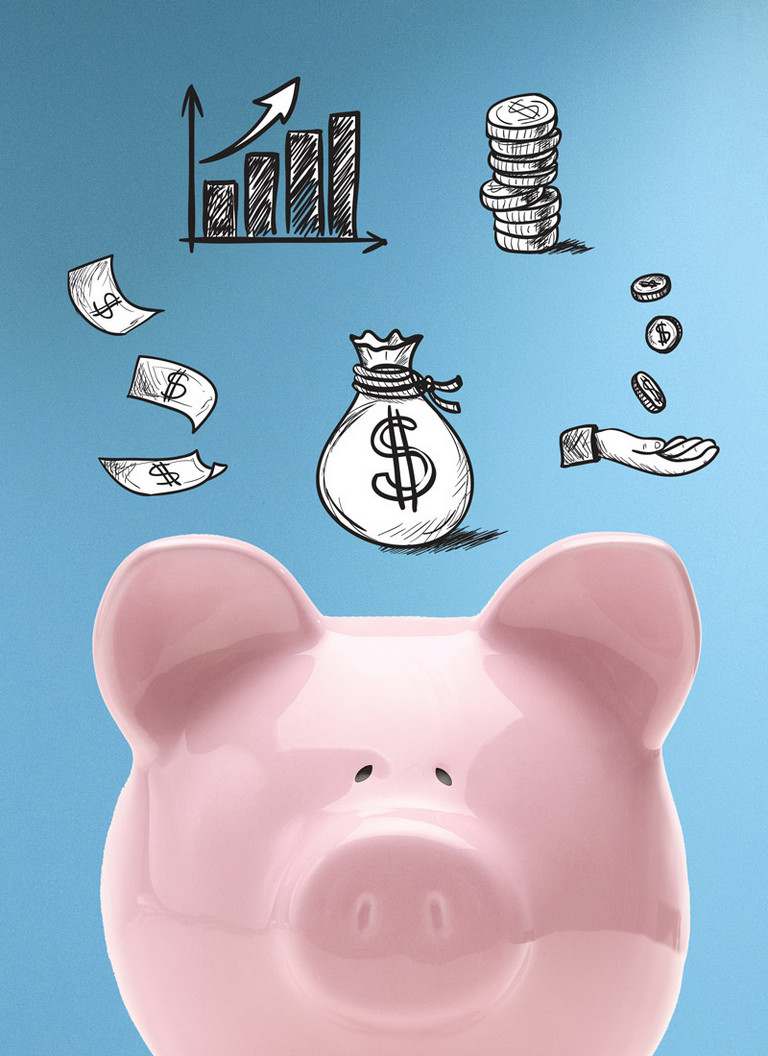Crowdfunding and the Pet Retailer
Rebekah Harrison //September 2, 2014//
 When the topic of crowdfunding comes up, most people tend to associate it with the technology industry or the various businesses they see on TV shows like “Shark Tank.”
When the topic of crowdfunding comes up, most people tend to associate it with the technology industry or the various businesses they see on TV shows like “Shark Tank.”
But, there is a new crowd in town that is starting to infiltrate the social money-grabbing websites – pet product entrepreneurs.
Websites like Kickstarter or Indiegogo allow entrepreneurs to broadcast their idea to the world and ask for funding to make their idea a reality.
For retailers, these sites offer another avenue to find unique and interesting pet products. Stocking something new that no one else is carrying yet sets a store apart from the competition.
Behind the Product
Most, like Paulette Cohen, the inventor of The Poucheze, a hoodie that also serves as a dog carrier, already have a prototype, but need the financial backing to get their product to market.
She came up with the product that she crowdfunded after bringing home her dog Ivy.
“She was so darn cute, I just couldn’t put her down,” she said. “Then I would put her down and she would always be getting into something. Consequently, I became very frustrated. Then I stuck her inside my sweatshirt and she fell asleep.”
She put her idea to work and immediately sat down at her sewing machine.
“I found that it turned into not only a benefit and a comfort for me but also makes her mobile for early socialization,” said Cohen. “Then everywhere I went, people would ask me where I got the hoodie.”
As with Cohen, many times these products are inspired by the creator’s own pets, and that makes marketing them a little easier – by owners for pet owners.
The husband and wife team behind The CoatHook, a brush that controls shedding and prevents hairballs is designed to remove a dog’s or cat’s loose undercoat while still maintaining the integrity of the outer coat.
“My wife was crocheting and our cat was sitting on her lap,” said Sheldon Perkins, CoatHook’s business developer. “She used the crochet hook on his matted fur and not only did he love it, it also got rid of the matted hair in his undercoat.”
Another crowdfunded project, the CleverPet, is a wifi-connected device that automatically entertains and educates pets when they are home alone.
CleverPet’s CEO, Leo Trottier, was completing a doctorate in cognitive science at University of California, San Diego and experimented in training cats. That was how he came up with the idea for CleverPet.
“I actually taught them to use the toilet,” he said. “So that was pretty cool. I also taught them to feed themselves.”
Trottier exhibits the fact that pet product designers don’t need a background in venture capitalism to fund the production of a product.
After perfecting an idea for a product, manufacturers can then begin the process of getting the product displayed on a crowdfunding site.
Learning the Ropes
The process requires a lot of time and research and isn’t as easy as one might think. It goes far beyond just getting funding for a project.
“We looked at hundreds of Kickstarter projects to determine their strengths and weaknesses and studied different resources about Kickstarter strategy,” said Yaroslav Azhnyuk, CEO and co-founder of Petcube. “We paid a lot of attention to our presentation video and planned the PR campaign in detail. Basically, going to Kickstarter is all about preparation.”
On most crowdfunding sites, a video is beneficial to explain the product and exactly where the funding is going. The video could be the difference between hundreds of project backers verses thousands of project backers.
After a project is fully funded, the product manufacturers start work on production of the pet product. Each project will have a different goal or different plans for the future.
The CoatHook has finalized production files and has set up various meetings.
“We are having a meeting this week with the mold maker and we will start building the mold,” said Perkins. “Then our first run of production where about half will go to our Kickstarter backers.
According to Perkins, the other half will be a starting inventory. He plans to market to retailers as well as consumers.
“We will have countertop displays for retailers,” he said. “Lisa and I own a marketing firm so we are able to generate packaging and point-of-purchasing materials and do PR. That was another part of the allure of developing a product in general. It allows us an opportunity to see a product through conception to launch.”
Petcube reached successful funding months ago and is in the last stages of production.
“The first batch of Petcubes will be shipped directly to our Kickstarter backers,” said Azhnyuk. “We are now in talks with a number of distributors around the world to get Petcube on retail shelves.”
According to Trottier, CleverPet has both retailers and consumers as a marketing goal.
“We are going to try to get our product out there in as many ways as possible,” he said.
Bonnie Wang, founder of Wellspring Pets, an all-natural supplement-infused nutrient water for dogs, is already in several retail stores in the San Francisco area.
She still has expansion plans for the future.
“I would like to develop a full line, sticking to the core tenets of being all natural and having no preservatives, being made in the USA,” she said. “I have also already had requests for larger sizes. I would like to plan to have different skus.”
Choosing This Direction
Crowdfunding offers a number of benefits to entrepreneurs. This type of fundraising seems to be a huge advantage for independent pet product producers who don’t have a lot of experience with investors and business loans.
Wang saw the benefits of crowdfunding as twofold.
“I thought the crowdfunding would not only offset the expenses, it would also help in getting the word out there,” she said. “Crowdfunding is a great way to do both. I think sometimes people underestimate how valuable it is as a marketing tool.”
According to Wang, she was able to build from the marketing and funding from Indiegogo.com.
On the other hand, Cohen needed to know if she had a marketable product with The Poucheze without facing any financial consequences.
“I wasn’t willing to put my family in any kind of economical position and hinder them,” she said. “At the same time, I wanted to test the product to see how much interest there really was.”
Azhnyuk had similar questions about CleverPet.
“Crowdfunding helps you understand whether people are interested in the product you invented and if they are willing to pay a certain amount of money for it,” he said. “Kickstarter is also a good way to present your project to media and public. The idea of Petcube is so viral and media-friendly that starting a crowdfunding campaign was obviously a good choice.”
Trottier also got a lot of press and response to the CleverPet campaign on Kickstarter.
“You can really prove that there is a market for what you’re doing without spending a million dollars developing your product first,” he said.
According to Perkins, crowdfunding allowed him to gauge the enthusiasm for the product. “You get to test your marketing messaging,” he said. “We got to explain the benefits of the product. It was all very validating.”
Perkins also enjoyed the social aspect of Kickstarter. It seemed like a good idea to build up enthusiasm.
“Crowdfunding is a very social process, so we could engage with a lot of people before ever even introducing a single unit,” said Perkins “We built up an audience of eager and interested, literally invested customers before we ever made product.”
Wang liked the access she had to a specific demographic.
“Younger users are active in social media. These sites are just another way to get the word out to those users,” she said. “Traditional financing would tend to be older. They would typically require equity. But these are contributions with a perk.”
Not only does crowdfunding offer a look into the industry, it also allows ultimate control over product production.
“Crowdfunding allows us to have much more control over the process,” said Perkins. “It’s still our product. We aren’t beholden to a board or to outside investors. We can raise funds to cover the upfront costs of developing the final production.
Perkins also enjoyed the benefit of being exposed to industry opportunities.
“Within the first 24 hours of campaigning, we were approached by an ‘As Seen on TV’ infomercial company that thought the CoatHook would be perfect for that channel,” he said. “The second week of the campaign, we were contacted though Kickstarter by a pet product company that was interested in exploring a licensing deal to sell the CoatHook under their brand.”



















